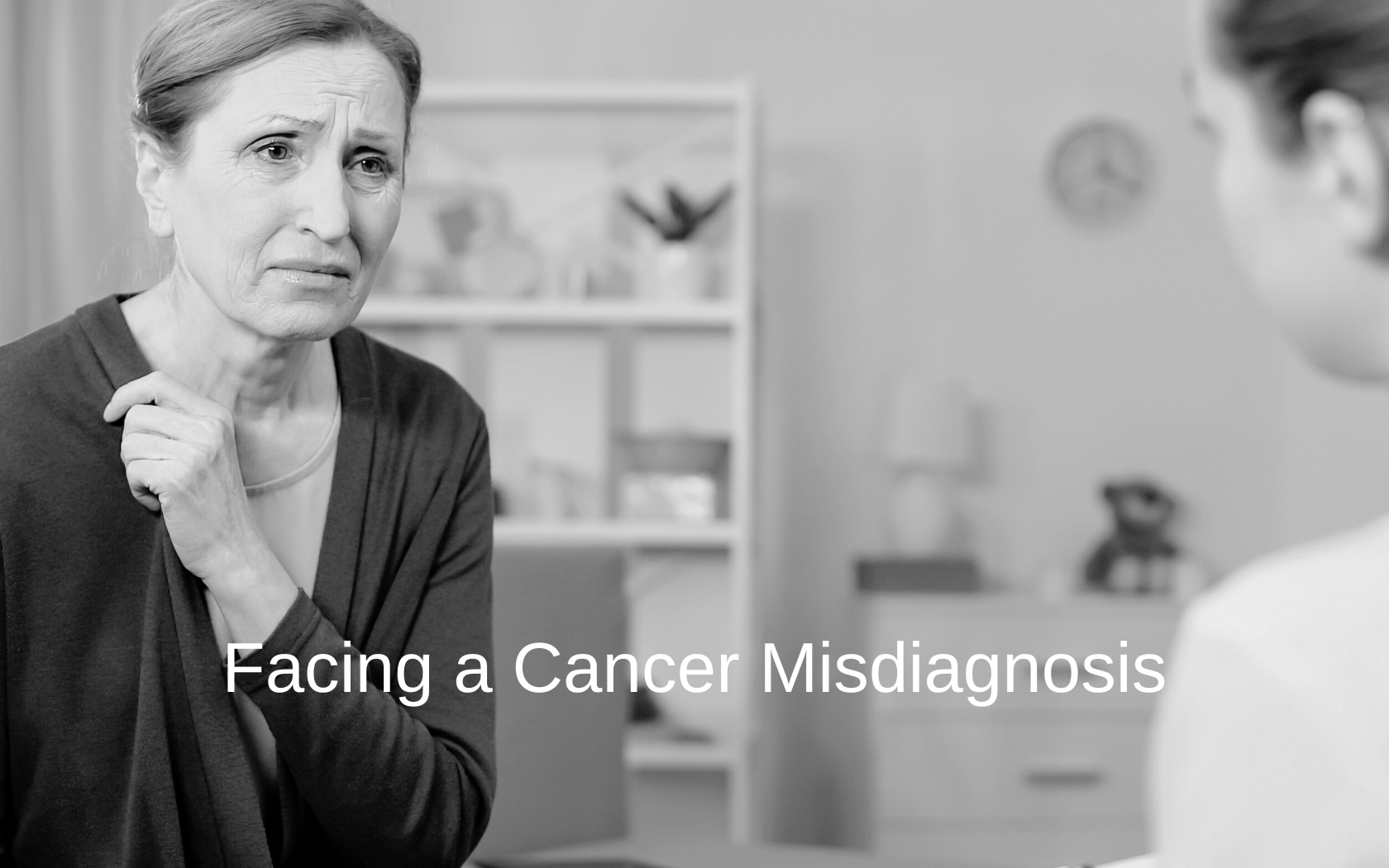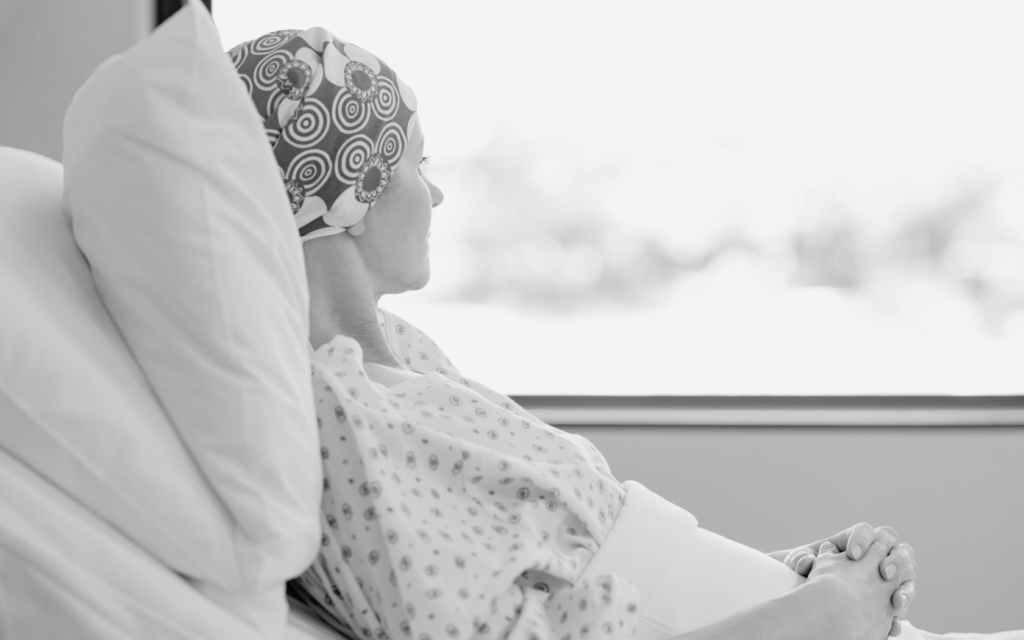When it comes to cancer, making the right diagnosis is often a matter of life and death. The more cancer progresses, the harder it is to treat. This is why cancer misdiagnosis is a serious mistake for a doctor to make–and it could warrant a malpractice lawsuit.
Below, we’ll explain how misdiagnosis of cancer happens, and what you can do if you or a loved one suffered harm because of it.

How Cancer is Diagnosed
To understand how cancer misdiagnosis can happen, it’s important to understand the cancer testing process. The type of testing depends on the kind of cancer they suspect the patient has, and the patient’s symptoms.
Here are some common cancer testing methods:
- Physical Examination: Doctors may conduct a physical exam to check for any abnormalities such as lumps or unusual growths.
- Imaging Tests: These include X-rays, CT scans, MRI scans, ultrasound, and PET scans. These tests create detailed images of the inside of the body, helping doctors visualize tumors or abnormal growths.
- Biopsy: This involves taking a sample of tissue from the suspected area and examining it under a microscope to check for cancer cells. There are different types of biopsies, including needle biopsy, surgical biopsy, and endoscopic biopsy.
- Blood Tests: Blood tests may help in detecting certain types of cancer or provide information about how well organs are functioning. Tumor markers, such as prostate-specific antigen (PSA) for prostate cancer or CA-125 for ovarian cancer, can be detected in the blood.
- Molecular Testing: This involves analyzing the DNA, RNA, or proteins in cancer cells to identify specific genetic changes or mutations that may guide treatment decisions.
How Does Cancer Misdiagnosis Happen?
One reason why cancer misdiagnosis occurs is because tests aren’t 100% foolproof. There’s always a slight chance of error. For example, cancer sometimes doesn’t show up in mammography results, because increased breast density can obscure cancerous lesions. This is why doctors must conduct more than just one test before making a diagnosis.
Cancer malpractice can also happen when pathologists interpret tests. Pathologists examine images and tissue samples and interpret them. And that’s where human error enters the picture. Two pathologists examining the same samples could draw completely different conclusions. So it’s important to get a second opinion.
Here are some further reasons why cancer misdiagnosis could occur:
- Failing to take into account a patient’s symptoms
- Not ordering the right diagnostic tests
- Ignoring a patient’s medical history
- Mixing up test results between patients
- Failing to send a patient to a specialist
- Brushing off cancer as “impossible” because of a patient’s age

Types of Cancer Misdiagnosis
There are three different ways doctors might misdiagnosis cancer:
- Giving a false positive
- Giving a false negative
- Diagnosing the wrong type of cancer
All three types are dangerous and can seriously harm patients. For example, a false positive could mean the patient receives treatment they don’t need. They might undergo chemotherapy or amputation for no reason. That’s a prime example of cancer malpractice that would warrant a lawsuit.
A false negative could mean a cancer patient doesn’t get the lifesaving treatment they need and ends up passing away. Diagnosing the wrong type of cancer could mean a patient receives treatment, but not the kind they need. This can have tragic consequences, resulting in permanent disability or death.
Cancer Misdiagnosis Statistics
Cancer misdiagnosis isn’t something that happens in a few rare, scattered instances. It occurs in around 28% of cases, according to a study published by BMJ Quality and Safety. The same study also estimates that 795,000 Americans become permanently disabled or die every year because of misdiagnosis.
According to a study published in the National Library of Medicine, the most commonly misdiagnosed cancers are:
- Lung cancer
- Colorectal cancer
- Prostate cancer
- Breast cancer

How Cancer Misdiagnosis Attorneys Can Help
When misdiagnosis of cancer results in harm, it may be possible to sue for cancer malpractice. Malpractice is when a healthcare worker fails to provide the standard of care that’s expected from them. Cancer misdiagnosis attorneys can help you prove that your provider acted inappropriately, leading to misdiagnosis and harm.
In cases of cancer malpractice, there are many types of damages you can pursue compensation for. They include:
- Medical bills
- Loss of wages
- Pain and suffering
- Lost enjoyment of life
- Wrongful death damages, if your loved one passed away due to cancer misdiagnosis.
We understand that this is a time of immense suffering. No amount of money can erase the pain of losing a loved one or seeing them suffer. However, pursuing a cancer malpractice case can help families get back on their feet financially. It can help prevent misdiagnosis from happening to others. If your doctor made the wrong call, you can make the right one. Speak with our cancer misdiagnosis attorneys today to find out if you have a case.




